Peeling Away
On Friday morning, Noel coated the niche in Peel-Away. It's absolutely the best way of handling curved and finicky surfaces covered in paint, and we have buckets of it purchased for use on our woodwork. Doesn't make a dent in the lead battleship paint, alas, but nothing is perfect.
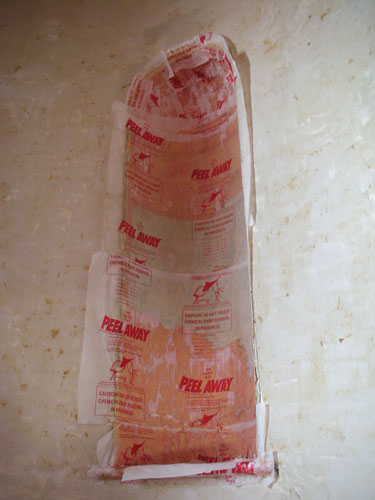
The niche avoided the battleship paint, but it did have several layers of paint to get off. This morning the Peel-Away had made good progress, visible through its protective paper layer:
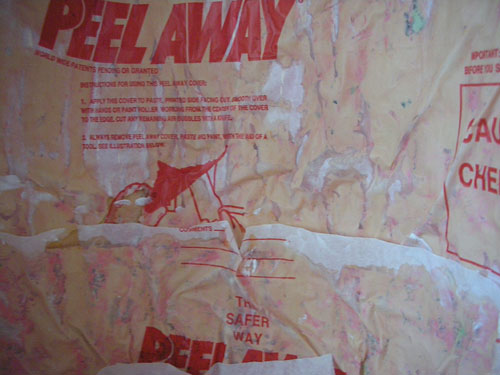
So tonight, after a fairly decent day of other work, I pulled away the paper and scraped as much of the paint off as would come off reasonably.
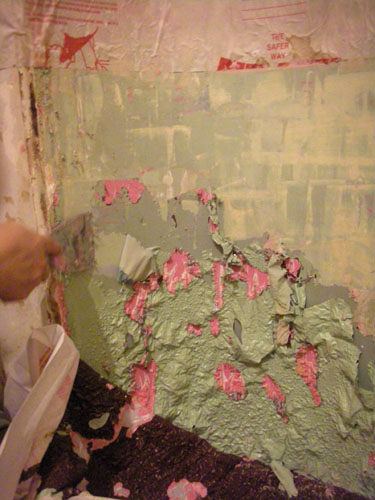
There are two great things about Peel-Away, and number one is that most of the paint really does peel right off when you pull off the paper. The other great thing is that it doesn't require a neutralizer before repainting.
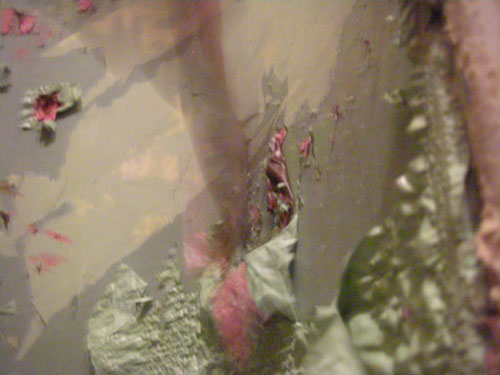
My usual method is to allow as much paint to come off with the paper as possible, them pull off the really loose stuff left behind hanging off the surface, then go through and scrape off the lower stuff.
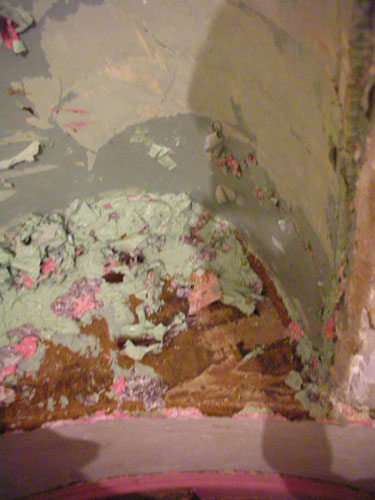
(The colour is really messed up on some of these photos; the niche is painted a sort of aqua blue, not lime green.)
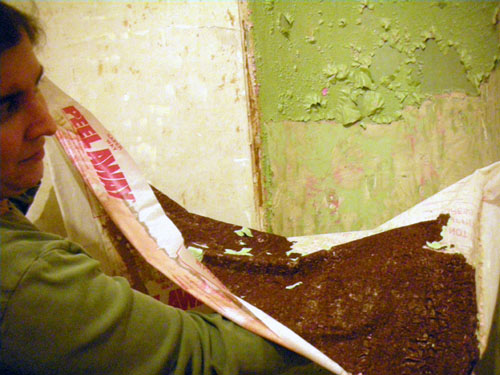
This is the first time I've used Peel-Away on plaster, and it worked OK. Underneath the layers of latex paint is the usual chalky paint on most surfaces in this house. Even though the niche is still weirdly coloured, it's good to no longer have it pink, which was just ridiculous.
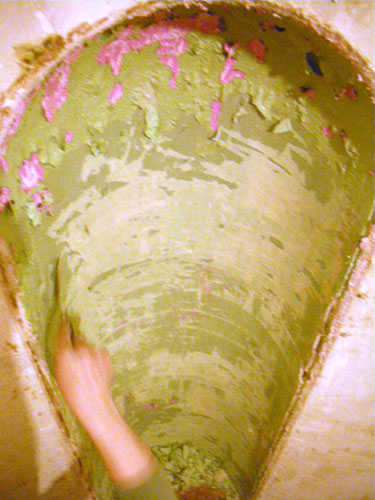
A new little tool for us and very useful on this project was a little plastic chemical paint removal brush, very handy for rubbing the loose paint off the curved surfaces.
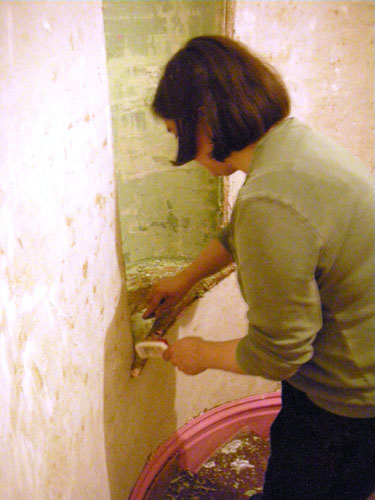
And there we are, all nice and not-pink. (Not that particular green, either, but I wasn't going to wait to do this post tomorrow when the light would be better.)
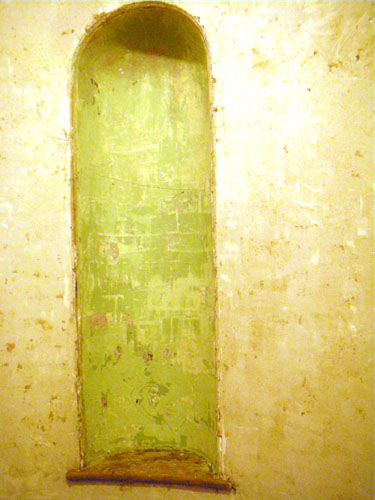
We still need another go-round on the sill, which is wood and has more layers of paint on it.
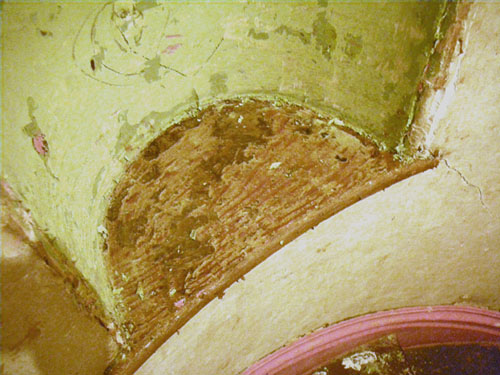
Technorati Tags: paint removal, renovations, victorians, woodwork
posted by ayse on 05/16/09